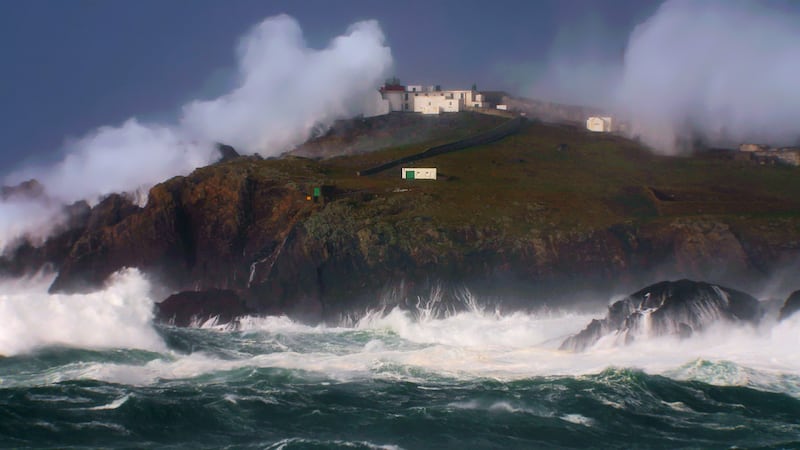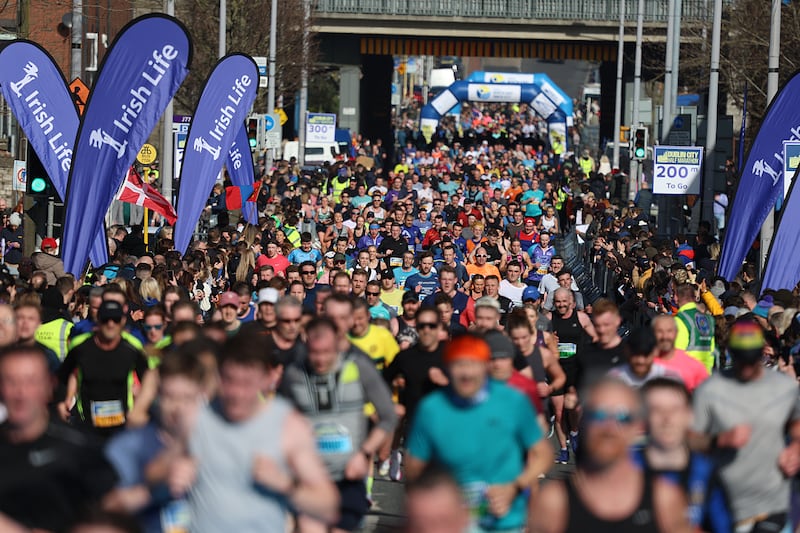There is something about lighthouses. Standing strong against raging storms, they offer a beacon of hope for safety, often in life-threatening seas.
Exposed on rocky outcrops to the worst the weather can deliver and battered by mountainous seas, the lighthouses and lives of the keepers who have called them home carry a strange fascination.
Now, with Ireland’s great lighthouses all automated, and lighthouse keepers a thing of the past, the opportunity is being offered to the paying public to experience the isolation and the incredible sights and sounds that were the normal lot of the lighthouse inhabitants.
[ Lighthouses of Ireland: a new series kicks off with Hook Lighthouse, Co Wexford ]
Under the Great Lighthouses of Ireland project being run by the Commissioners of Irish Lights, the authority responsible for lighthouses on the island of Ireland, and diverse local tourist and heritage groups, some 19,000 bed nights in four-star accommodation were provided last year.
READ MORE
The range of lighthouses included in the scheme are dotted around the coast, from Clare Island off in Co Mayo to Wicklow Head and from Antrim to Cork.
The lighthouse at Hook Head is Ireland’s oldest, having guarded the entrance to Waterford port for more than 800 years. Most date from the 1800s and many are the work of George Halpin, who built the Baily lighthouse in Howth, Co Dublin, in 1814 along with 52 more around the coast. He was also responsible for the modernisation of 15 other lighthouses.

The lives of lighthouse workers were hazardous, isolated and difficult. One story in David Hare’s book, The Great Lighthouses of Ireland, stands out. A storm in December 1894 pummelled much of the west coast and Eagle Island, home to a lighthouse in particular. Hare’s book details damage to the lighthouse’s living quarters, including how the house’s main lantern glass broke in the storm and how a housekeeper jumped out of bed to found herself knee deep in seawater.
At St John’s Point Lighthouse in Donegal, visitors can reflect on the 130 ships of the Spanish Armada that fled past down the Atlantic coast in 1588. Three of the largest of the Armada were wrecked on Streedagh Strand, close to the lighthouse. At Galley Head in Co Cork visitors may ponder on the RMS Lusitania which was torpedoed by a German submarine on May 7th, 1915. Despite the best of efforts of lightkeepers and crews from Galley Head and Kinsale, one of the largest, fastest and most luxurious ships in the world sank in only 18 minutes with the loss of 1,198 lives.
However hard life was for lighthouse keepers, the job of maintaining a light ship – literally a ship-based light – was much more difficult and not just because of storms. Hare’s book recalls how in September 1902 the Royal Mail Steamer Leinster crashed into and sank the Albatross lightship at the Kish Bank in dense fog.
For the past 238 years the Commissioners of Irish Lights has provided generations of scientists, mariners, lighthouse keepers and sailors on supply ships to keep the network of Irish lights going. In the last 50 years that role has changed significantly with automation.
Capt Dermot Gray, master of the Irish Lights Vessel, the Granuaile, and son of a former Irish Lights captain Denis Gray, recalls four supply ships sustaining the Irish Lights community of lighthouse keepers and their families.
With automation and solar power, he says, “a lot of work is now lifting buoys in and out of the water, bringing maintenance crews to the lights, hydrographic work and some commercial work that we would do for scientific research.”
Standards require that lights in category one lighthouses can only be down for 17 hours in a year
Yvonne Shields O’Connor, chief executive of the Commissioners of Irish Lights, is enthusiastic about the changing role of the organisation.
She points to the Marine Institute’s “real map” of Ireland showing State’s marine territory, which extends to 880,000sq km, an area that is more than 10 times that of Ireland’s land mass. The territory includes the offshore, wind energy industry, areas of scientific, environmental and security interest and joint projects such as the one with Met Éireann which places buoys as part of early flood warning systems.
“We have three, key statutory responsibilities,” she said. “We operate what’s called the general aids to navigation around the coast: the lights and buoys and beacons that are outside of the main ports and harbours.”
This core role discharges the Government’s obligation under the Solas (Safety of Life at Sea) convention. Standards require that lights in category one lighthouses – an aid to navigation considered of vital navigational significance – can only be down for 17 hours in a year.
“Secondly, the organisation is the consenting authority for all local aids to navigation. All the small ports and harbours, any fish farms and any outfall pipes have to be lit and marked. We have 3,500 local aids around the cost which we have to inspect and audit once every two years,” she said.
While the lighthouses and associated buildings are no longer occupied by lightkeepers, Irish Lights still has a responsibility to maintain the infrastructure, much of which are heritage buildings. To achieve this, Shields O’Connor is happy Irish Lights has a lot of “outreach” partners in local communities.
She cites the example of the Old Wicklow Head Lighthouse where accommodation for visitors is managed by the Irish Heritage Trust.
“We have over the last 10 years or so taken a very strategic approach to working with local communities and this is reflected in the Great Lighthouses of Ireland initiative,” she says.
- Sign up for push alerts and have the best news, analysis and comment delivered directly to your phone
- Join The Irish Times on WhatsApp and stay up to date
- Listen to our Inside Politics podcast for the best political chat and analysis


















